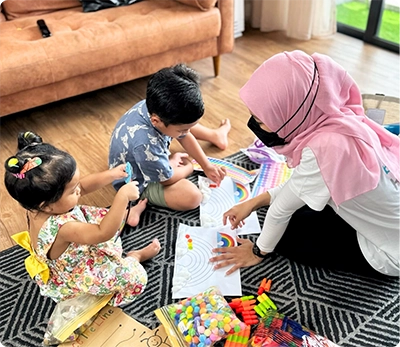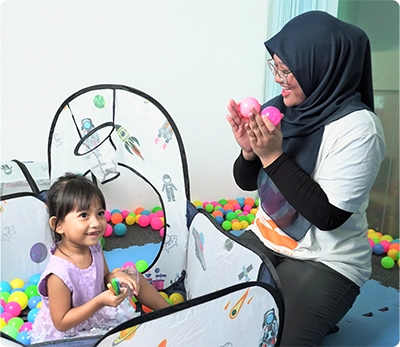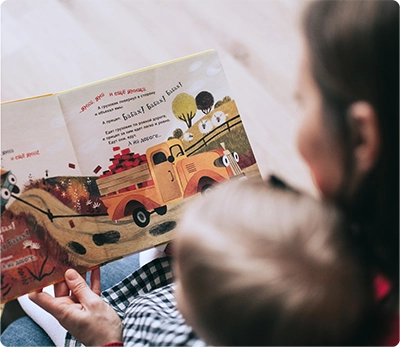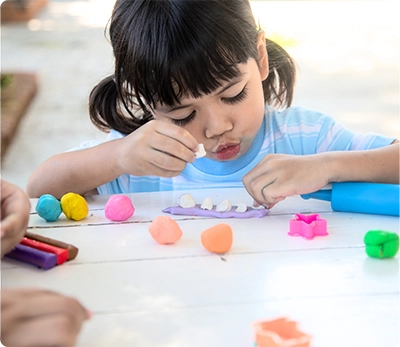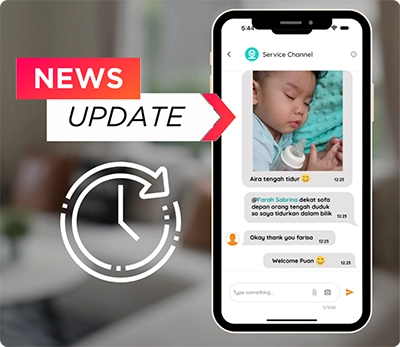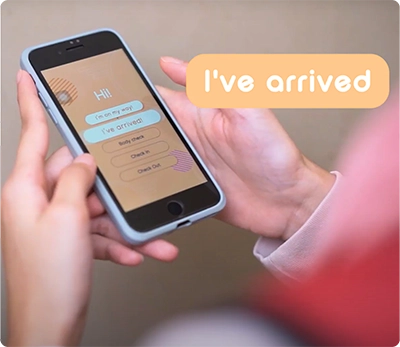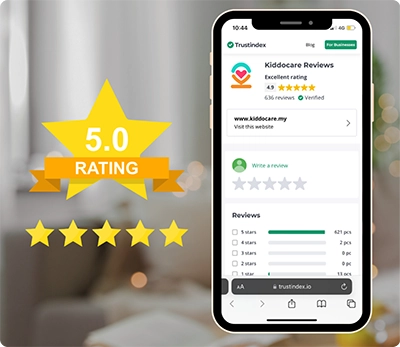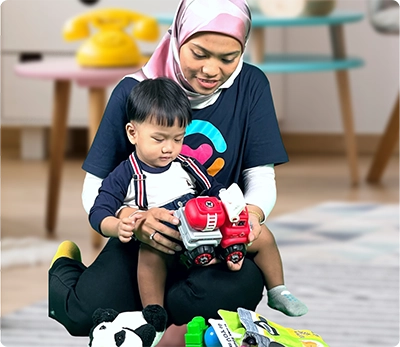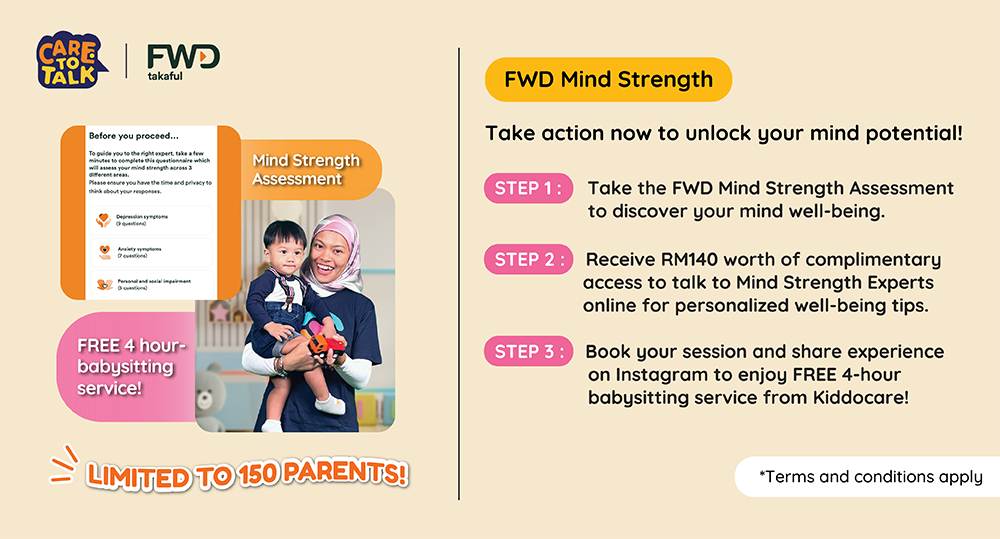Silent Storytellers: Exploring Ways to Incorporate Signs Into Daily Routines
Communication is something that we develop throughout our journey of life. When we were a baby, there was a time where we would smile gleefully at our parents. Other times, we would put our fingers in our mouth, indicating that we were hungry. When we were a child, we would immediately cry if someone bullied us or would raise our hands in the classroom when we wanted to ask a question. All of these are parts of communication even when we don’t realize it. Communication is a vital skill that allows us to express our thoughts, needs and feelings effectively.
When we talk about communication, we often associate it with verbal elements. This could be talking to another person or giving a speech to a room filled with an audience. Sometimes, we also associate it with our body language. Our movements from the way we walk to our body gestures, as we are talking to someone are also part of communication that we are channeling to other people on a daily basis.
Learning different languages is a good way to expand communication but there is a language beyond learning to speak Korean or Japanese or French. This is called sign language. One innovative way to boost communication with your children is by teaching them sign language or learning them together. Your children may not be associated with hearing-impairment but the benefits of learning sign language can go a long way as your children will be able to incorporate this later in life, whenever necessary.
Learning sign language is a good thing, however, it is only fitting if it is incorporated into our daily lives. If the last time we delved into the importance of learning three verbal languages, this time around we are going to explore how you can incorporate sign language into your daily routines in conjunction with International Day of Sign Languages this September.
Consistency is Key

Just like any other language, it is better if your children start learning sign language as soon as possible. Have you ever realized that it is harder for you to learn a new language as we grow older? It is difficult for us to recognize and memorize, let alone understand the thousands of new words. Even scientists have justified that the younger someone is, the easier it is for them to take in all the new words and vocabularies. Why? Because children form neural connections at a rapid pace which makes learning new languages including sign language much easier and faster. That’s why only a few years from the time they started to speak their first word, they can already master thousands of words of a language.
While starting early helps, the same way that learning a verbal language, your children need to be consistent if they would like to master this language. As a parent, you may also learn sign language together with your children. In this way, both of you can communicate with each other and use signs consistently especially during specific activities like mealtimes or playtimes. Before going to bed, you can ask your children to do the signs that they have learned. This can be a good practice as your children end their day with recapping the language. This repetition helps to reinforce the association between the sign and its meaning. Remember that consistency is key.
Learning Should Be as Entertaining as Playing!

Believe it or not, children learn best through play. It’s when they can understand things easily because they like what they are doing hence, the brain has a tendency to absorb information more effectively. You can incorporate signs into games and activities, making the learning process more enjoyable.
You can play games that may involve using sign language. One of the games would be Heads Up! If you have ever seen Ellen DeGeneres’ show, you’ll definitely know this game. It is a famous game where a player needs to guess the ‘thing’ on their forehead without looking at it. Other players will yell out clues for the player where sign language would be very beneficial. The player will need to try to guess what is on the card or phone until they either guess the correct answer or they decide to pass. You can download the game on your phone as well. You can also sing songs with signs, like Twinkle, Twinkle Little Star or Itsy Bitsy Spider which can be both engaging and educational. Other than that, you and your children can also use flashcards to memorize signs and their meanings better. As long as your children are safe, it should be no problem to engage them with fun activities that will improve their sign language skills.
Focus on Key Signs

Your children don’t necessarily have to be the master of sign language. It’s already great enough if they are able to sign for common objects or verbs. As a starting point, you and your children can begin with signs that are often linked with your everyday life. You can directly relate to your children’s immediate needs and interests. Some examples would be the things that they eat; cereals, eggs, food, names of family members or common phrases that we usually use such as ‘Thank you so much’, ‘I love you, mom’ or ‘Good morning, teacher’. These are excellent starting points as they are the basics of what will make up longer sentences and phrases of the language.
Choose signs that are relevant to your child’s daily life as it is the key for them to memorize faster. Sign language is best used for objects or actions as your children can easily identify and understand its meanings rather than signing a venue or differentiating the types of clothes. During mealtime, you and your children can use signs for ‘eat’, ‘drink’, or ‘plates’. During playtime, introduce your children to signs for things like balls, jump, run and walk. By consistently including signs into these routine activities, your child will naturally learn to associate signs with their corresponding actions or objects.
Let Them Control the Narrative

When they are familiar with some of the signs that you have taught them, it’s time for them to initiate those signs by themselves. Instead of asking them to sign, let them be the ones to initiate the signs to express their thoughts, needs or feelings.
If they are still not used to it, try to initiate a conversation with sign language and let them have the opportunity to control the narrative using signs. You can also remind them to make good use of sign language whenever they want to converse with words where they are already familiar with the signs. This empowers them to communicate effectively and reinforces positive communication habits. Be attentive to their signs and respond promptly to foster trust and understanding. If your children attempt to sign but don’t get it quite right, acknowledge their effort and gently model the correct sign.
Written by:
IAN FIRDAUS
Reference:




